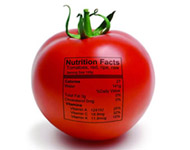Nutrition and Health Sciences, Department of

Department of Nutrition and Health Sciences: Faculty Publications
Document Type
Article
Date of this Version
2022
Citation
Curr Dev Nutr. 2022 Jun; 6(Suppl 1): 113. Published online 2022 Jun 14.
doi: 10.1093/cdn/nzac051.029
PMCID: PMC9193415
Abstract
Objectives: SFSP, as a federal food assistance program, could ensure that children have sufficient nutritious food during summer. According to a 2016 USDA report, only 0.4–0.6% of eligible children participated in this program in Nebraska, which makes for one of the lowest SFSP participation rates in the U.S. This study aims to better understand how the COVID-19 pandemic has impacted SFSP implementation in urban and rural settings across the state.
Conclusions: Insights from this study may inform the development of policies that expand food access to vulnerable families. On the organizational level, this includes providing participating kids and their parents with both meal distribution options - meal sites and delivery options - during summer. On the policy level, this calls for revising the eligibility of SFSP by decreasing the threshold level from 50% to 30% to allow more schools in low-income neighborhoods to participate.
Included in
Human and Clinical Nutrition Commons, Molecular, Genetic, and Biochemical Nutrition Commons, Other Nutrition Commons

